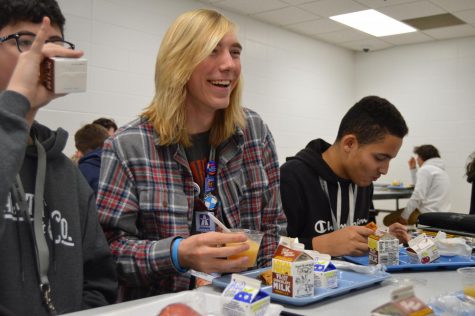Teachers balance public and private lives online
Social media interaction between students and teachers is a delicate subject.
As social media has grown in popularity, the township has implemented policies specific to the online activity of its employees.
The official township policy manual states “[Employees] should be aware of privacy settings and should be deliberate about how they would like their content to be consumed… Employees could be held personally liable for content that is defamatory, obscene, proprietary, or libelous.”
Many teachers, such as Jacqui Sheehan, see the benefit of using Twitter to communicate with their pupils. Sheehan has both a personal and teacher account. The difference between the two accounts is found in her self expression; she sets some rules for herself on her teacher account.
“I only follow students who are leaders in my clubs,” she says. “I try to make the school one about school stuff primarily, although sometimes I ask about food.”
Administrators also utilize Twitter to interact with their respective classes. Class of 2021 assistant principal Lucas Klipsch really turned to the platform when the class system was implemented.
“Miss Sheehan inspired me to promote my class more, so I started a new Twitter,” he says.
He also pays attention to the image he has online. This isn’t limited to the students he follows, but anyone he chooses to associate with.
“I’m not gonna follow adults who are saying things that are unflattering or negative,” he says.
However, not all teachers use their Twitter for the classroom. Whether they adjust privacy settings on their account or don’t disclose their username to students, many teachers don’t actively interact with their students online. U.S. History teacher Joseph Cunningham chooses to keep his account private.
“I don’t want to use it to connect with my students,” Cunningham says. “That’s what the classroom is for.”



